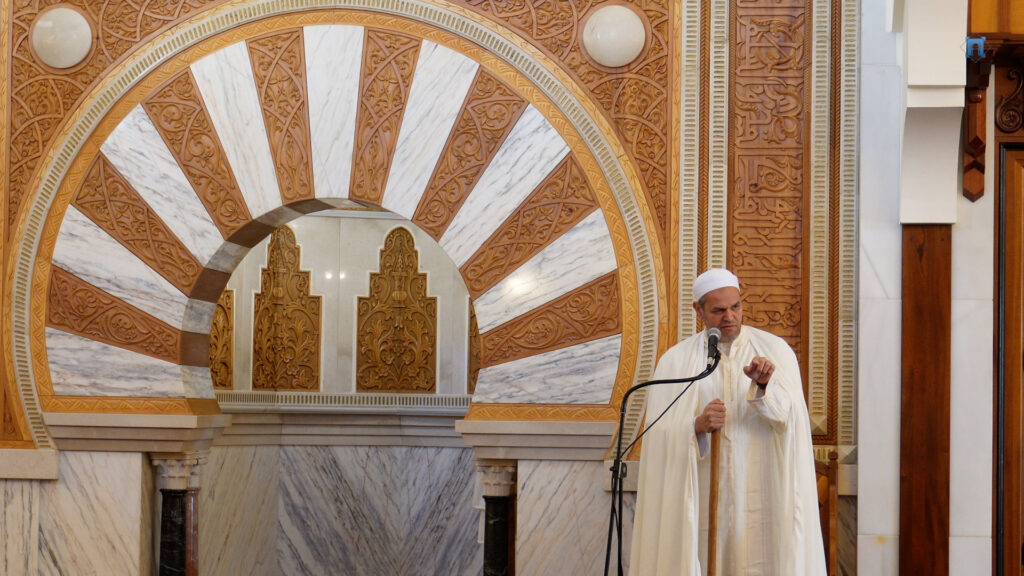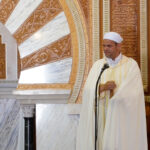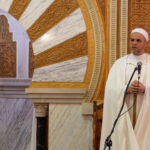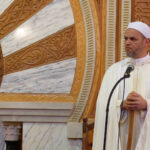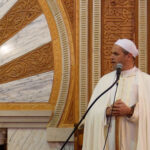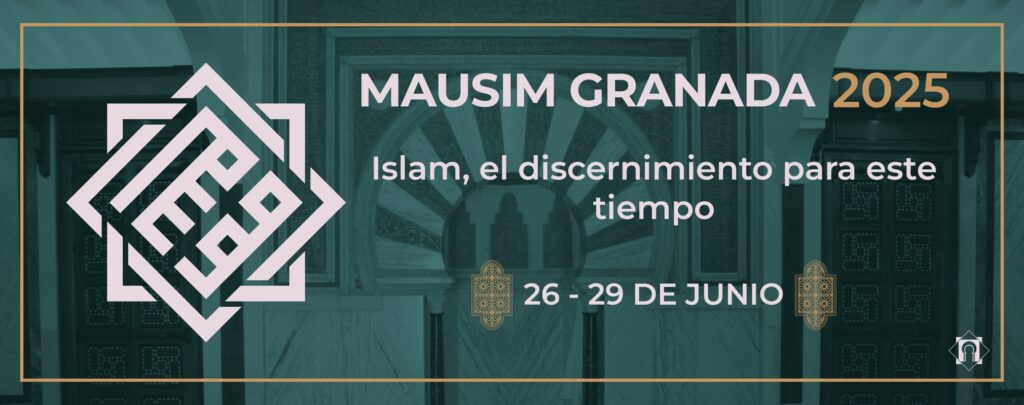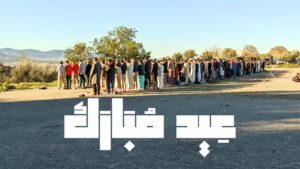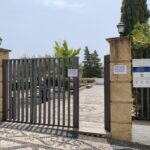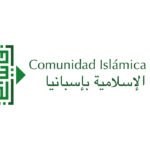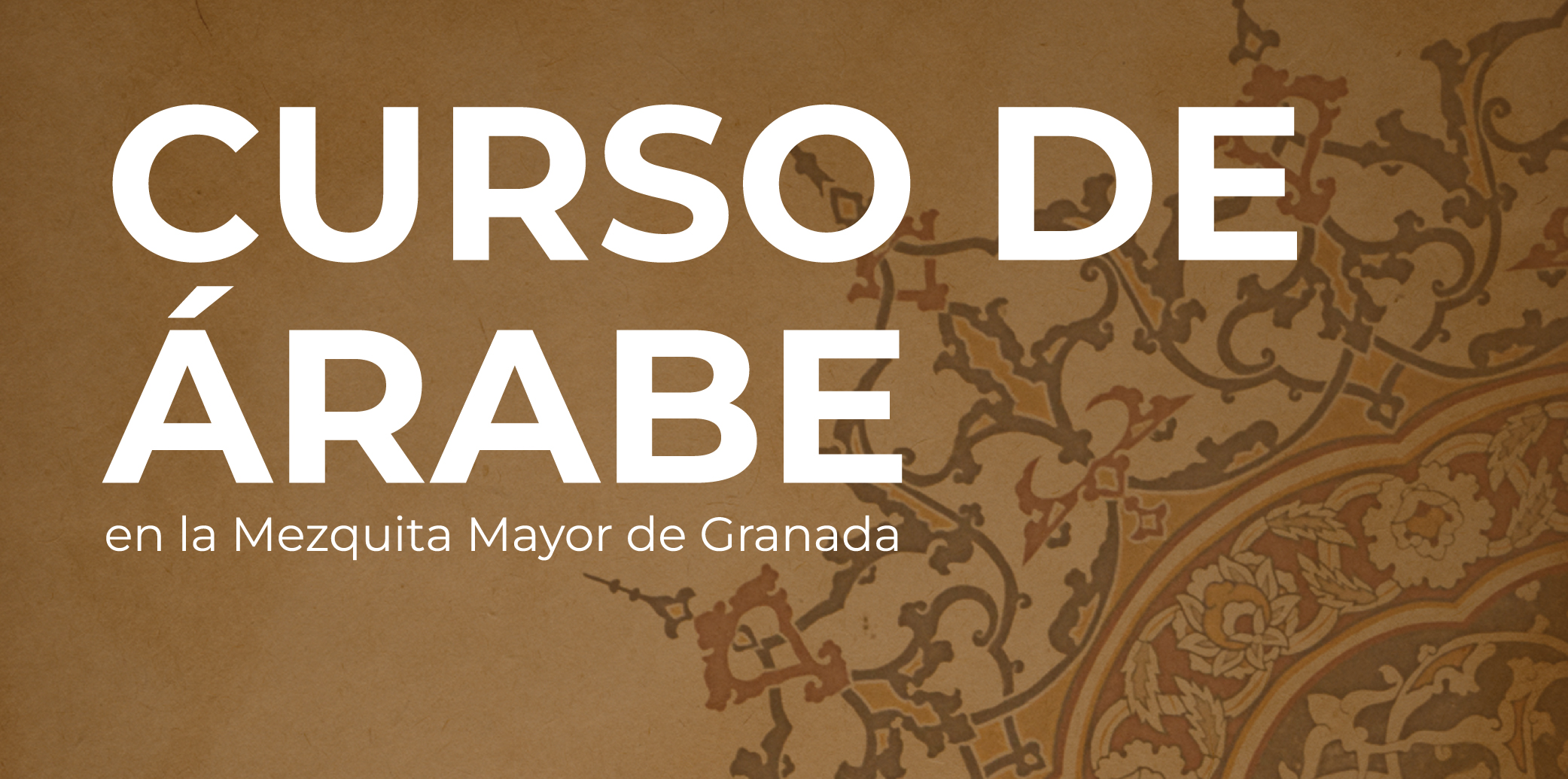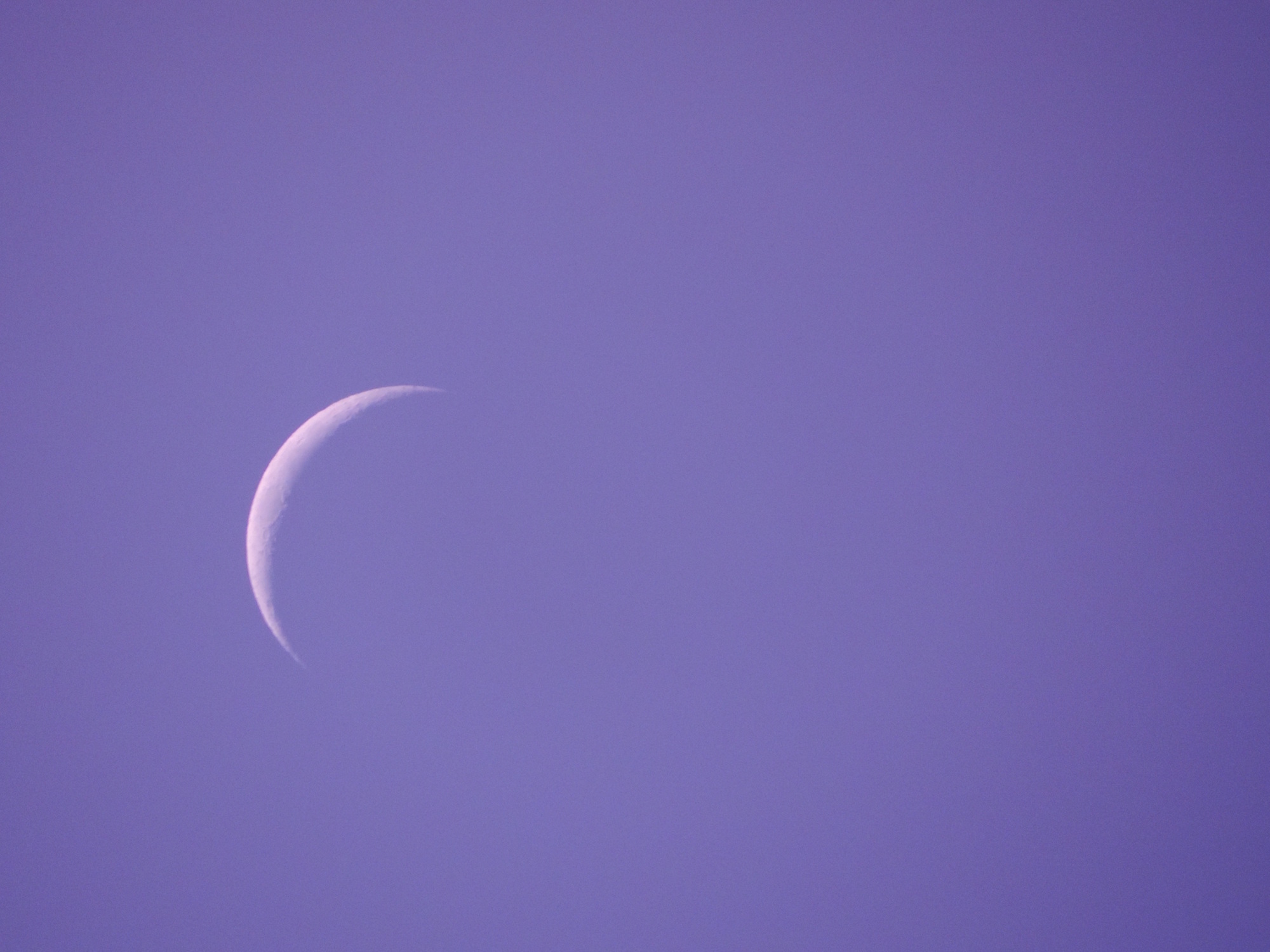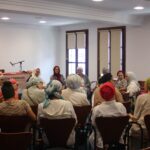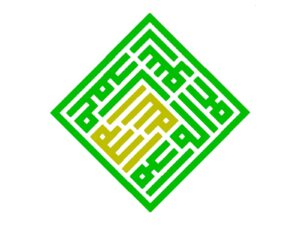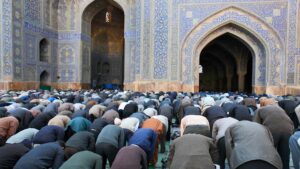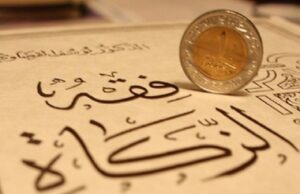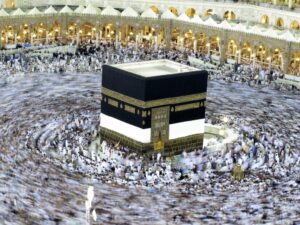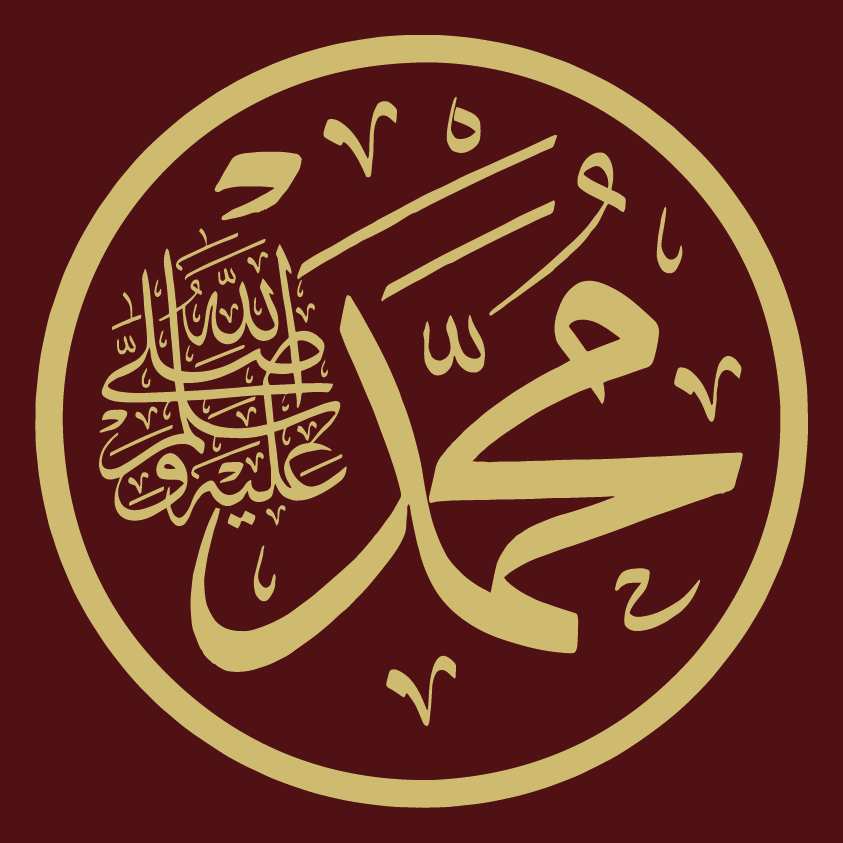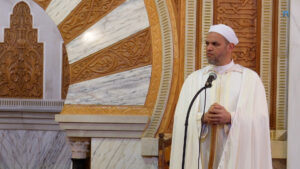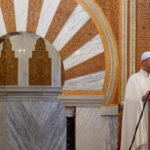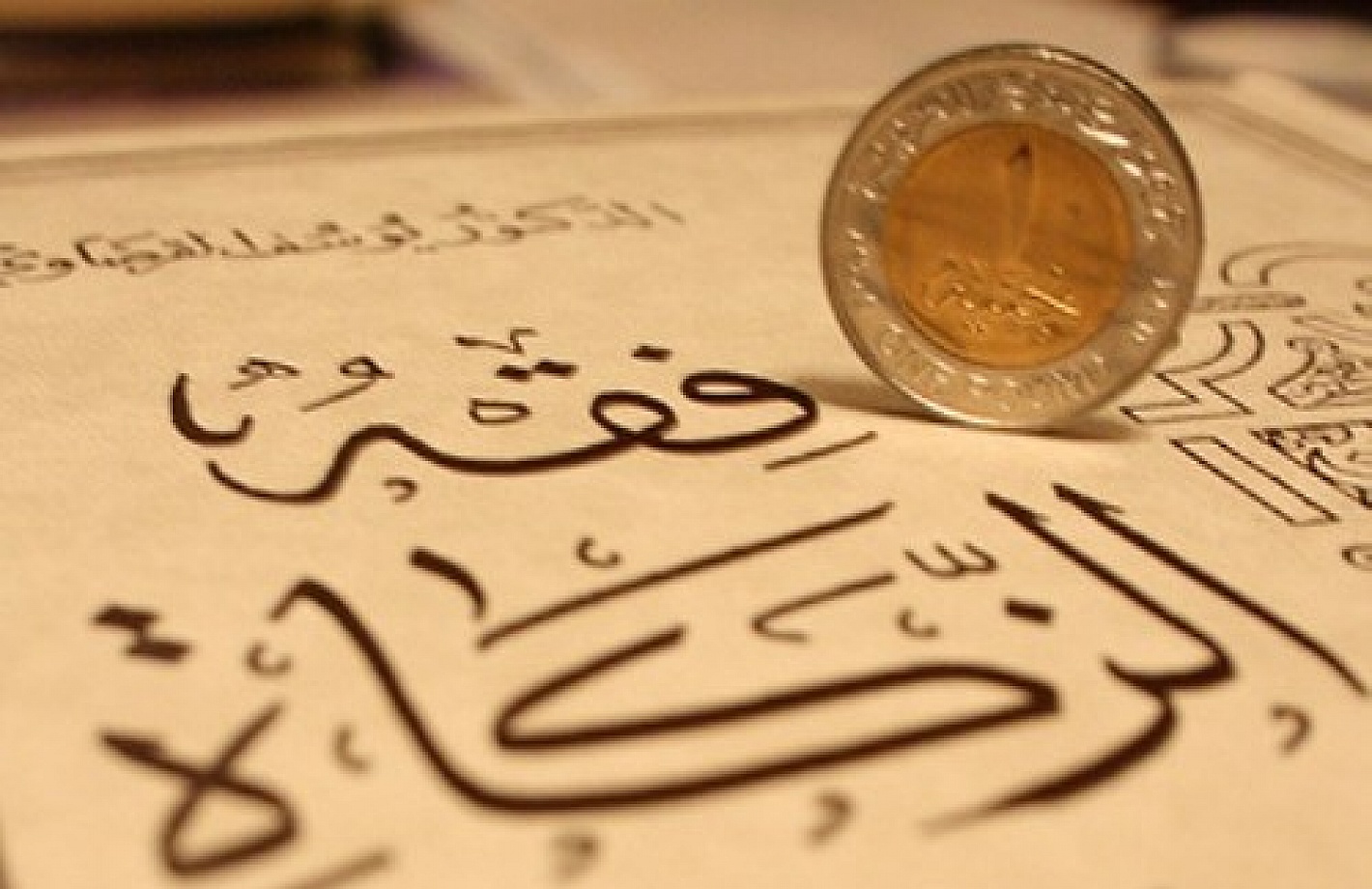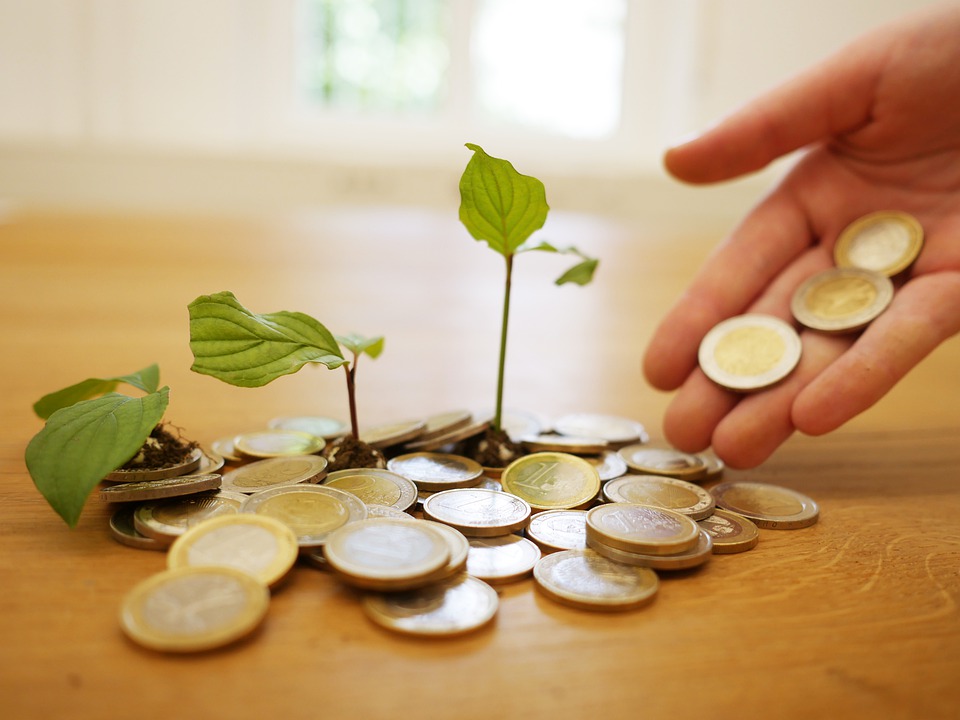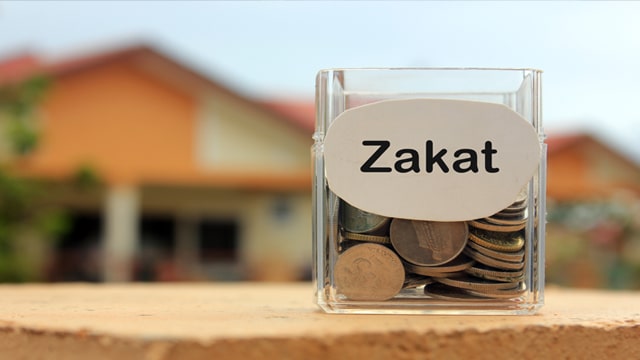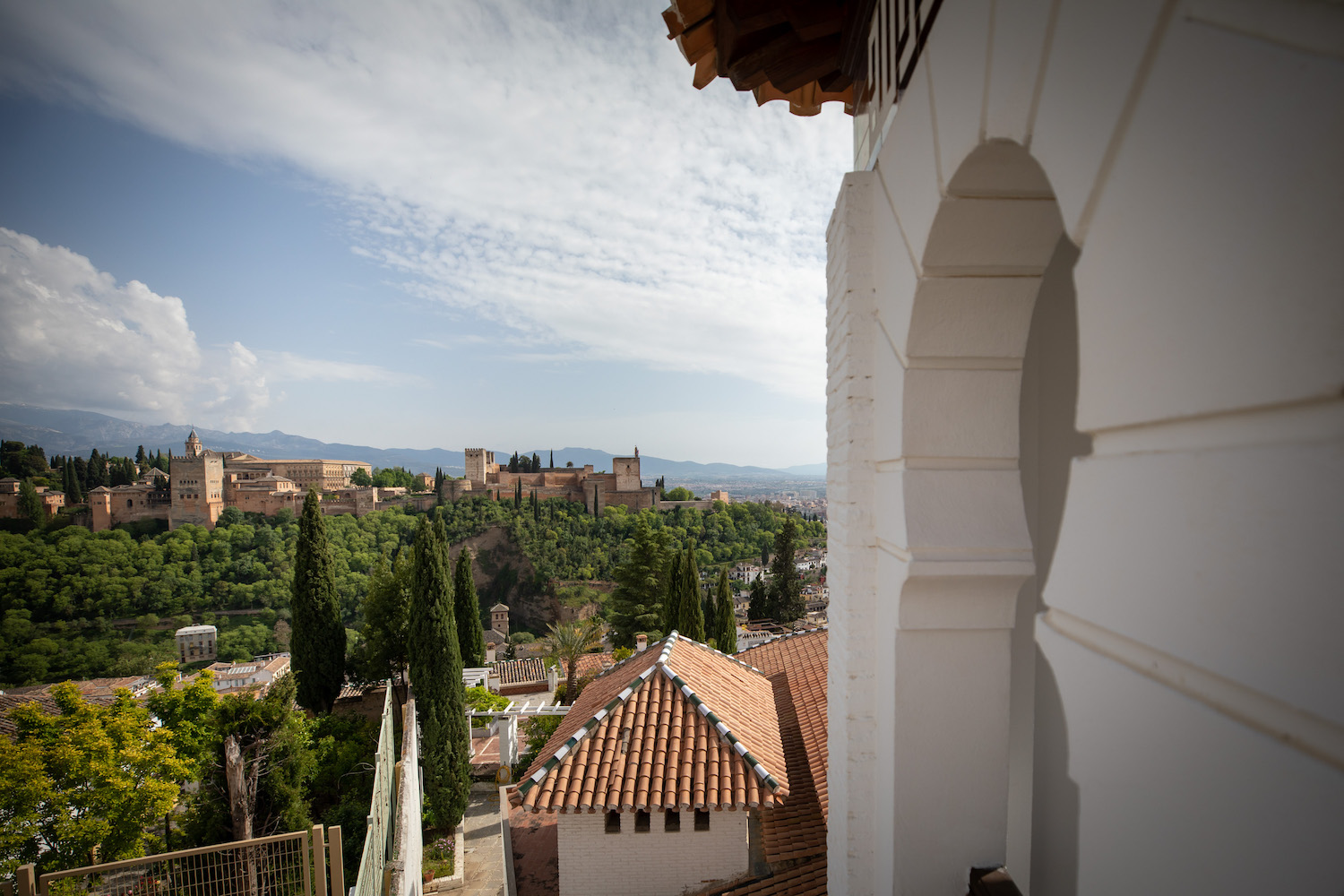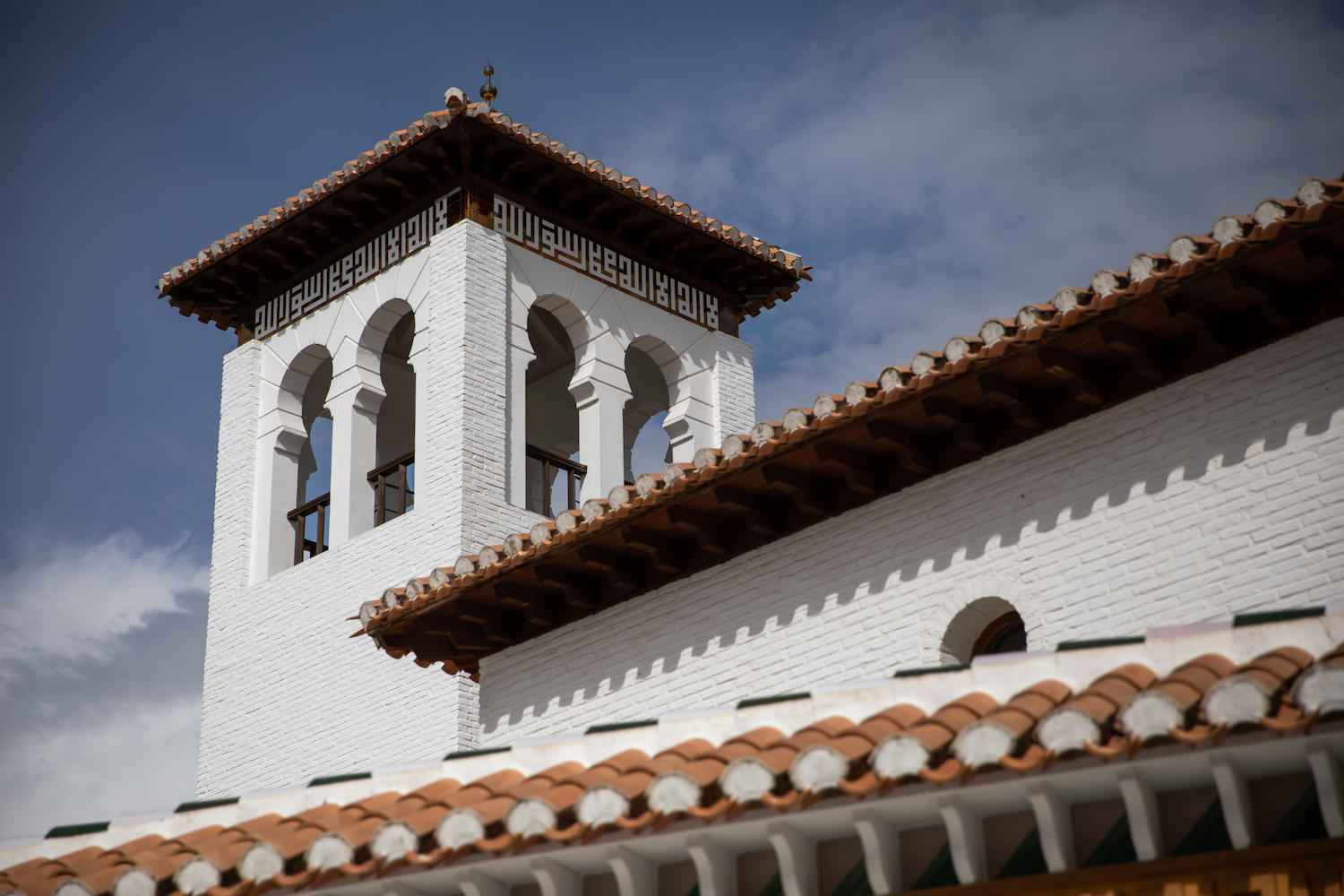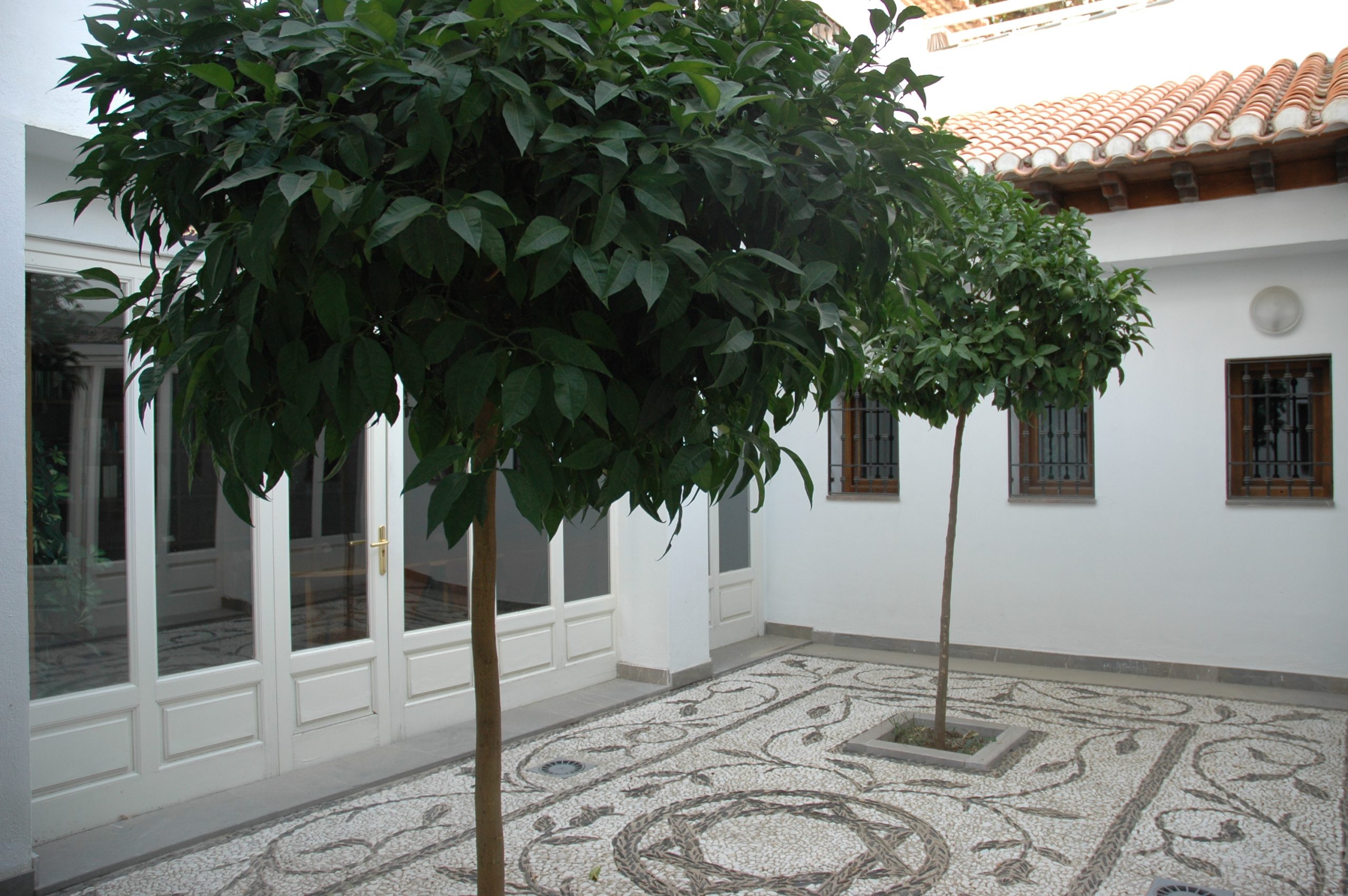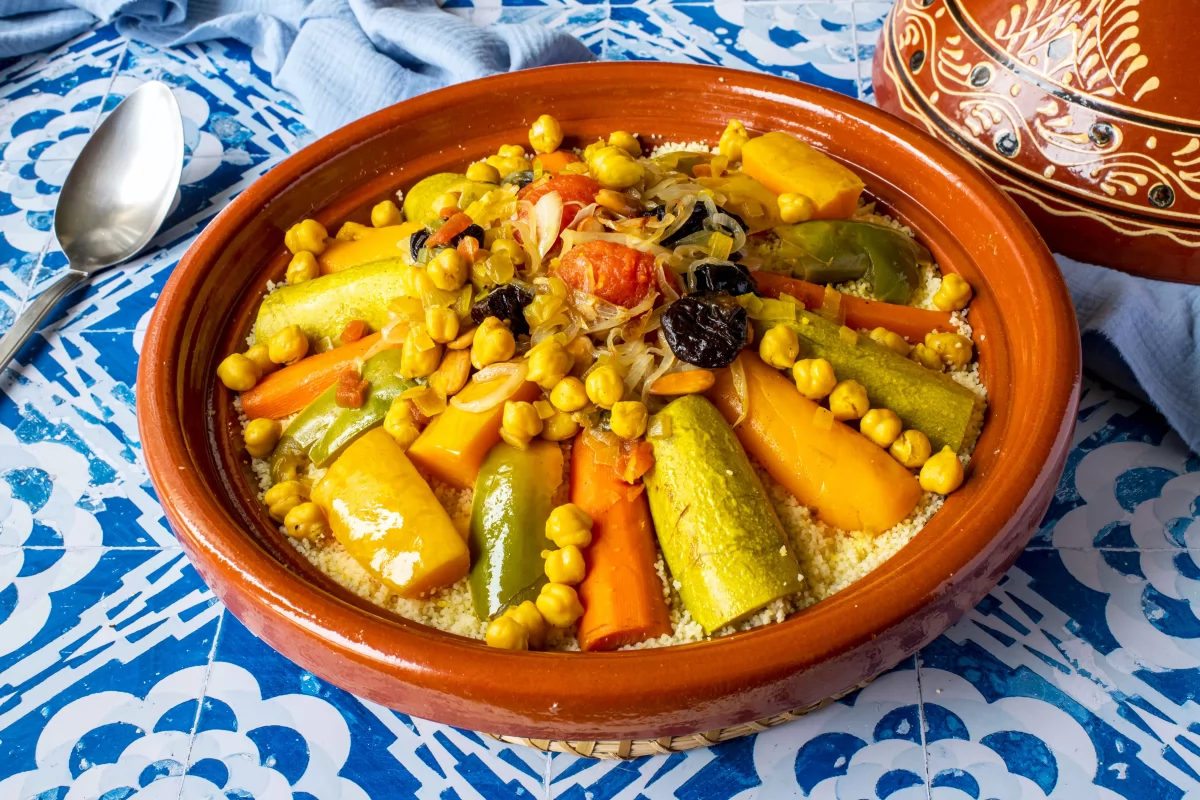FROM LONDON TO GRANADA
With endings come new beginnings. November 20th, 1975 was the day when General Francisco Franco died and a political regime in Spain that had lasted more than 40 years came to an end. That night, three young Spaniards were strolling through the Portobello Road neighbourhood of London. As they passed one of the typical terraced houses with two or three floors and a basement, they heard some kind of chanting or recitation that struck them as extraordinarily beautiful. After stopping for a while in front of the house, they decided to go there the next day to find out what it was all about.
They were kindly received by a group of Englishmen who had converted to Islam a few years ago. They told them about the Qur’an, the Messenger of Allah, Muhammad, may Allah bless him and grant him peace, and they became regular visitors eager to know more. After a few days, the leader of the group who had introduced the group to Islam, Shaykh Abdalqadir as-Sufi (1930-2021), came to the house. Before the Shaykh himself had embraced Islam in 1967 he was under his name Ian Dallas a member of an old Scottish family and had been part of the intellectual and artistic elite of the 1950s and 60s of Europe. They three Spaniards entered Islam at his hand and spent a few months in London learning the basics of their new religion.
After that time, one of them went to Morocco to continue his learning in Meknes, in the Zawiyya of Shaykh Muhammad ibn al-Habib (rahimahu Allah), who in turn had taught and guided Shaykh Abdalqadir as-Sufi (rahimahu Allah) and some of the members of the London group in their first steps.
The other two men returned to Spain, where they contacted their friends and acquaintances and soon they were a small group of new Muslims. They decided to settle in Cordoba where they spent just over two years. In Cordoba they obtained permission to celebrate the ‘Id prayer in the famous Mosque–Cathedral. They continued to increase their numbers and eventually moved to Seville. There they spent almost a year before they decided to move on to Granada, where they arrived in May 1980.
Their arrival was highlighted in the city by the fact that they managed to celebrate the ‘Id of the end of Ramadan in the gardens of the Alhambra Palace, an event that was reported on the front page of the local press.
News of the appearance of a group of Spaniards converted to Islam and residing in the city of Granada, the last place where the splendour of Al-Andalus survived, began to spread throughout the Muslim world, which immediately showed its desire to help this group.
23 YEARS TO CONSTRUCT GRANADA MOSQUE
The years that passed from the purchasing of the land of the future Granada Mosque and its opening was the time destined by Allah, the Creator of all and everything. Since the 500 years of the end of Muslim rule and the 420 years since the last expulsion of the Muslims from the Iberian Peninsula, Spain had been without a Muslim presence for more than 400 years.
The reasons for the 23 years this Mosque needed to be built were various. The principal one, however, was the time the new Spanish Muslims and their largely Catholic environment needed to get to know and respect each other. Within the 500 years of Muslim absence as a societal factor in a mono-religious country, the two decades it took for the re-admission of Muslims into the Spanish society, given its long, multifaceted history with Muslims, does not come as a surprise. After 800 years of Islam in Spain, after living through the highest and lowest man is capable of, today’s view of this great epoch of human history is one of awe, humility, reflection and gratitude. God asks us repeatedly in the Qur’an to reflect on “those who came before you”.
In this way We give you news of what has gone before and We have given you a reminder direct from Us.
(Qur’an 20:99)
What in 1980 began as something strange, as an irritation for some, has now, 20 years after the opening of Granada Mosque in 2003, become an enriching factor of religious and cultural variety. After seeing the stones of the Alhambra Palace, the thousands of visitors from all over the world, are amazed to meet the Muslims of Granada who add flavour and wealth to city and to the West as such.
PATRON OF THE MOSQUE
July 2001
H.H. Dr. Sheikh Sultan Sultan Bin Muhammad Al Qasimi, the Ruler of Sharjah, United Arab Emirates, visits the city of Granada on a private trip and enquires about the mosque that a group of Spanish Muslims intend to build. When he was taken to the site of the unfinished structures of the two main buildings (Mosque and Islamic Centre), he took the Emir of the CIE, Malik Abdarrahman Ruiz, by the arm and, after saying “subhanAllah” (Glory to Allah) several times, with his eyes filled with tears and contemplating the Alhambra, he promised him that he would see to it that the work was completed and that he would be present on the day of the inauguration.
In October of the same year, thanks to the patronage of H.H. Dr. Sheikh Sultan, the construction work was resumed and after the previous threat of expropriation of the land, Allah allowed the Mosque of Granada to continue to be built in order to become a focus of the light of Islam in our time.
Since 2019 the present chairman of Granada Mosque Foundation is Umar Faruq del Pozo Cadenas, son of one of those first three Spaniards, who embraced Islam in London in 1975.
INAUGURATION OF GRANADA MOSQUE
On the 10th of July 2003, the Great Mosque of Granada was officially inaugurated with the presence of personalities from all over the world and a large diplomatic representation, as well as the last patron of the mosque, H.H. Dr. Sheikh Sultan Muhammad al-Qasimi.
ACTIVITIES AT GRANADA MOSQUE AND ITS ISLAMIC STUDIES CENTRE
From the very day of its inauguration, the Mosque and the Islamic Centre have been spaces of incessant activity.
In the former, in addition to the five daily obligatory prayers and the weekly Salat al-Jumu’a, a Hizb of the Qur’an is recited every day after the Subh and Maghreb prayers, the fast is broken every day of the month of Ramadan, preceded by classes on Din given by the Imams, Shaykh Muhammad al-Kasbi, later followed by Sidi Said Erraziki, praying Tarawih every night, taking the Shahadas of new Muslims, holding meetings in the gardens where neighbours and all those who wish to attend are invited, receiving guided visits from educational institutions who want to know about Islam, etc. , etc.
In the Islamic Studies Centre Arabic language classes are given to all those who sign up for courses, lectures are given, Dawa meetings are held where anyone who wishes to attend is invited, all those attending the Salat al-Jumu’a and other celebrations are invited to eat lunch. There is a library with a large number of texts in various languages and it is the headquarters of the Granada Mosque Foundation and of Madrasa Editorial, the publishing body of the Islamic Community in Spain. At the entrance there is a reception with a person who welcomes all those who wish to contact Muslims.
INTERNATIONAL RELATIONS
Granada Mosque has become a point of reference in the Muslim world. By practising a traditional, open Islam, far removed from the at times conflictive politics that plague some Muslim countries, it attracts a multitude of visitors who have heard of its presence and activities.
This international dimension is conducive to good relations between the Comunidad Islámica en España [Islamic Community in Spain] (founded 1980) and other Muslim countries, which invite and receive their members at the highest level.
PUBLICATIONS
Another fundamental activity is publications, both of traditional texts and of modern authors, as well as the publication of a first printed, now online newspaper «Islam Hoy».

